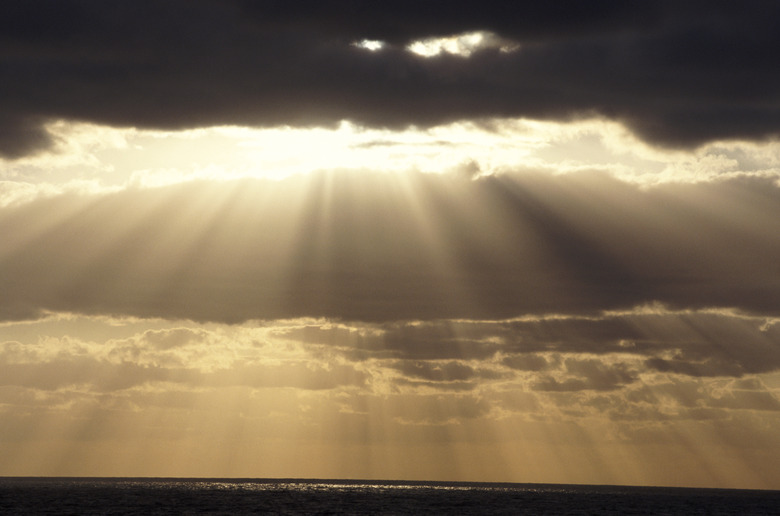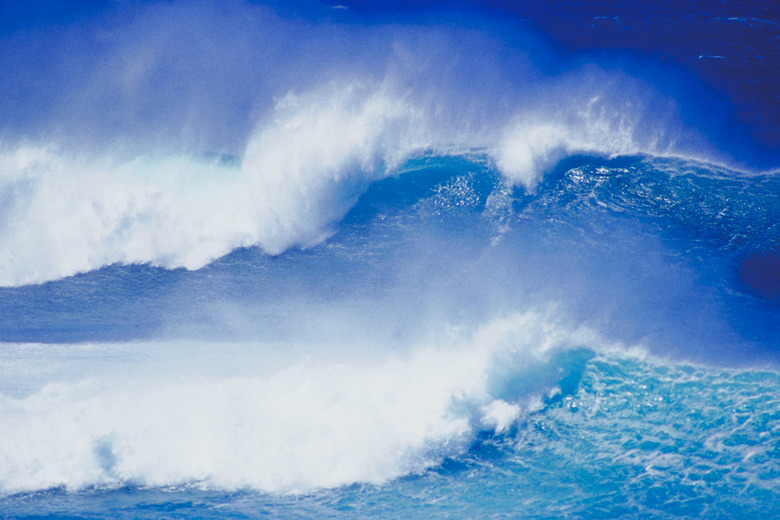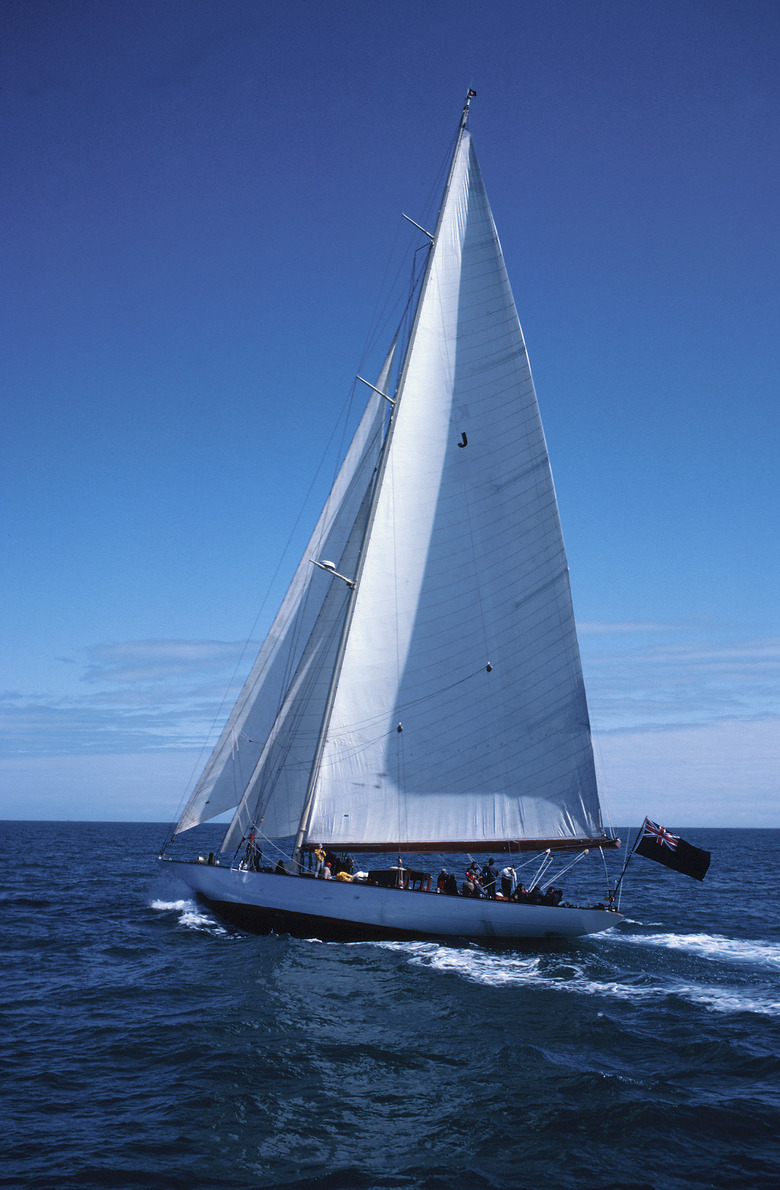How Does Wind Work?
Air moving between regions of different pressure is called wind. Temperature differences between regions, the result of variations in the solar energy received at the surface of the Earth, cause the pressure differences that drive winds. The rotation of the Earth affects the direction of winds in what is called the Coriolis Effect. Pressure differences manifest at local and global levels, driving variable localized winds as well as consistent global air currents.
Pressure Differences
Pressure Differences
Air density is inversely proportional to temperature. Hot air is therefore less dense and rises through colder air. When a region on the Earth's surface is heated by the sun, the air above the surface heats up causing it to rise. The upward movement of air creates a region of low pressure. Nature always strives for balance and so air from the surrounding regions of higher pressure flows toward the low pressure region to even out the pressure difference. The result is wind.
The Coriolis Effect
The Coriolis Effect
Wind does not simply blow in a straight line from areas of high to low pressure. Instead, it follows a curved path. The curvature of wind is caused by the rotation of the Earth and is called the Coriolis Effect. French engineer Gaspard Coriolis discovered and explained that "the path of any object set in motion above a rotating surface will curve in relation to objects on that surface," according to a 2010 Universe Today article. The Coriolis Effect causes winds to curve to the right in the Northern Hemisphere and to the left in the Southern Hemisphere, from the perspective of a person standing on the surface.
Local Winds
Local Winds
According to the North Carolina State University, the amount of solar energy absorbed by the Earth's surface depends on the "latitude of the location, the slope and the underlying surface (dirt heats up more rapidly than water, for example)." At a given latitude, variations in solar energy absorption cause air pressure variations and give rise to local winds. Coastal breezes are an example of such winds. During the day the land heats up more rapidly than the sea, causing winds to blow toward the land. At night the land cools more rapidly than the sea and the pattern is reversed.
Global Winds: The Hadley Cell
Global Winds: The Hadley Cell
The Hadley Cell is an air circulation pattern that occurs in the tropics and drives what are called trade winds. The equator receives more solar energy than the poles. Hot air at the equator rises and flows toward the poles far above the Earth's surface. As it moves toward the poles, it cools and eventually returns to the Earth's surface in the subtropics. The air then moves along the Earth's surface back toward the low pressure zone created by the rising air at the equator. The resulting wind is bent toward the west by the Coriolis Effect.
Cite This Article
MLA
Ph.D., Michael Owen,. "How Does Wind Work?" sciencing.com, https://www.sciencing.com/wind-work-4499/. 24 April 2017.
APA
Ph.D., Michael Owen,. (2017, April 24). How Does Wind Work?. sciencing.com. Retrieved from https://www.sciencing.com/wind-work-4499/
Chicago
Ph.D., Michael Owen,. How Does Wind Work? last modified March 24, 2022. https://www.sciencing.com/wind-work-4499/


